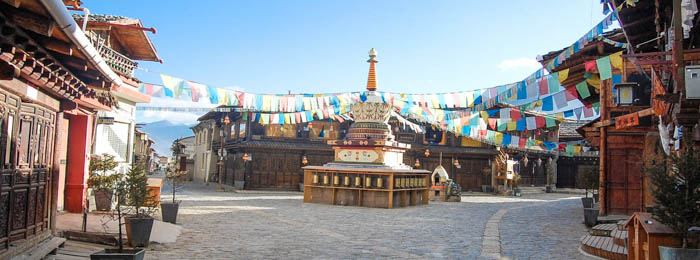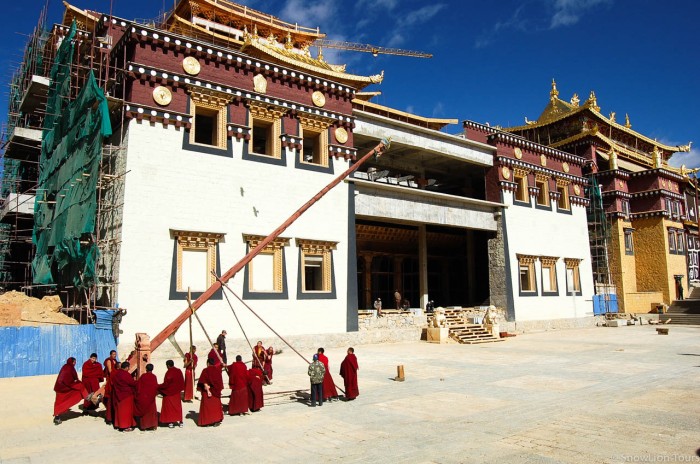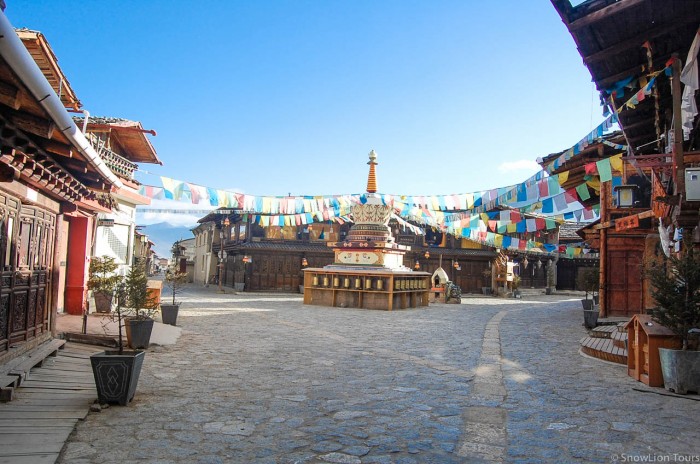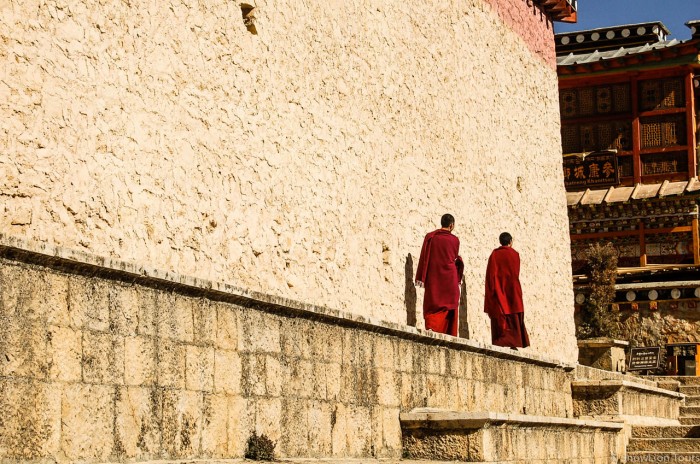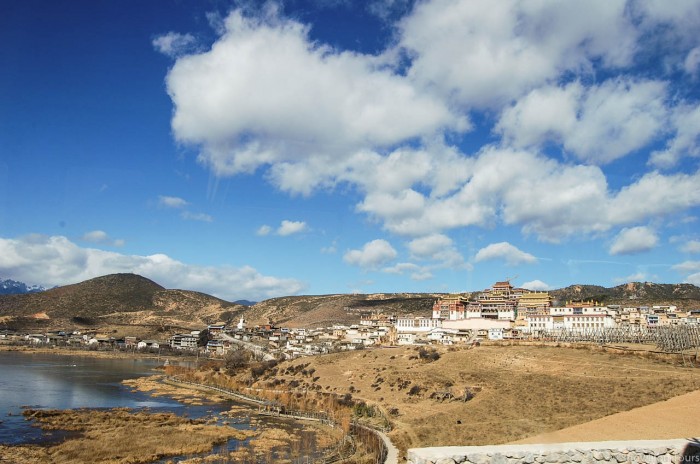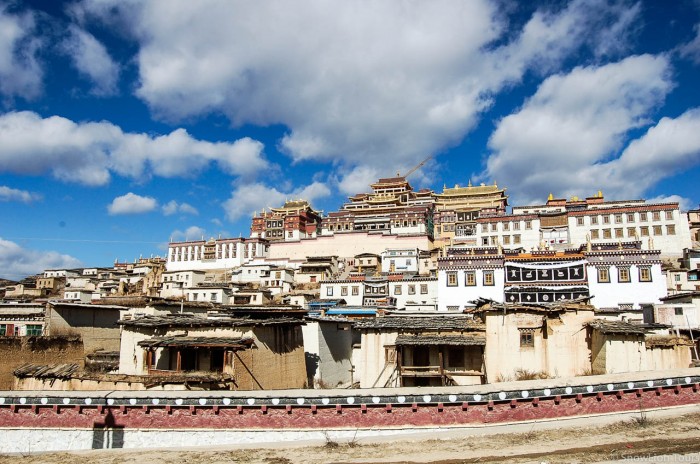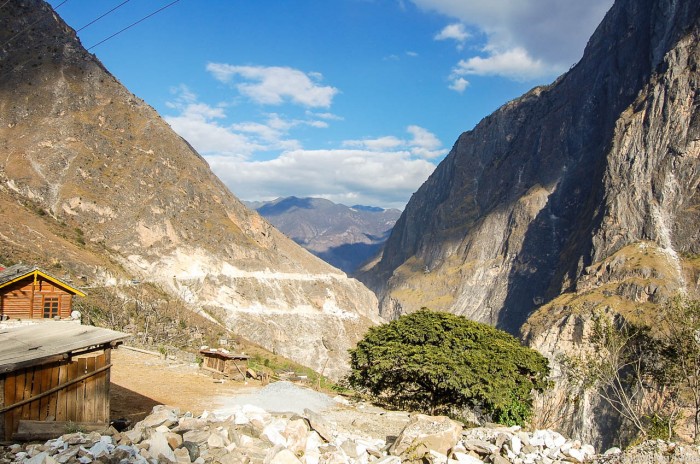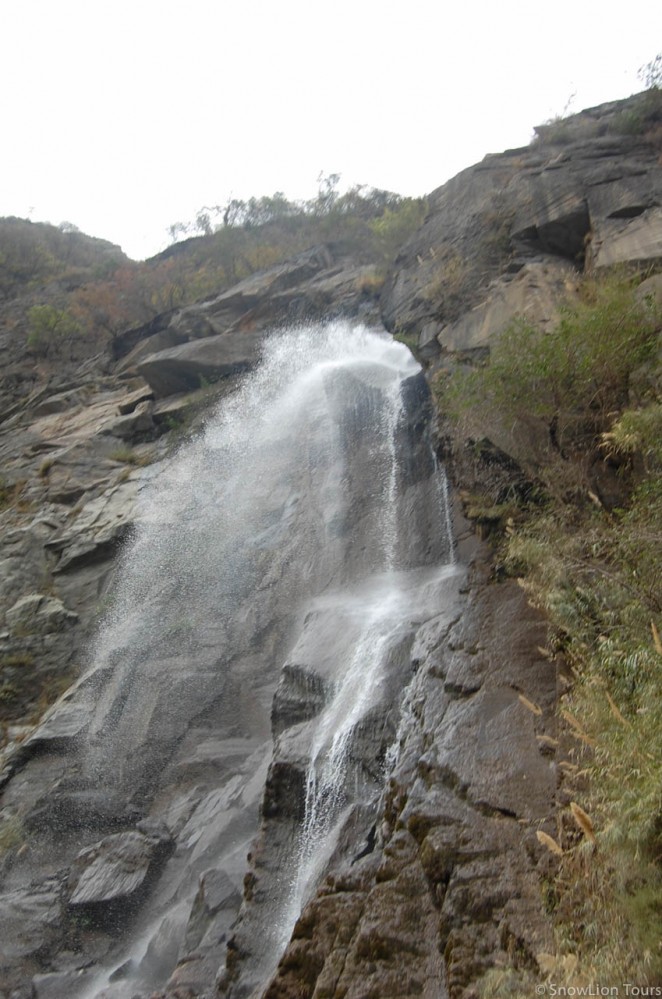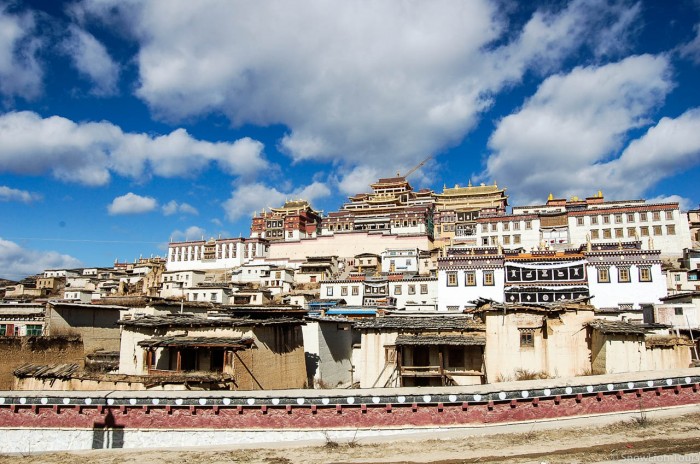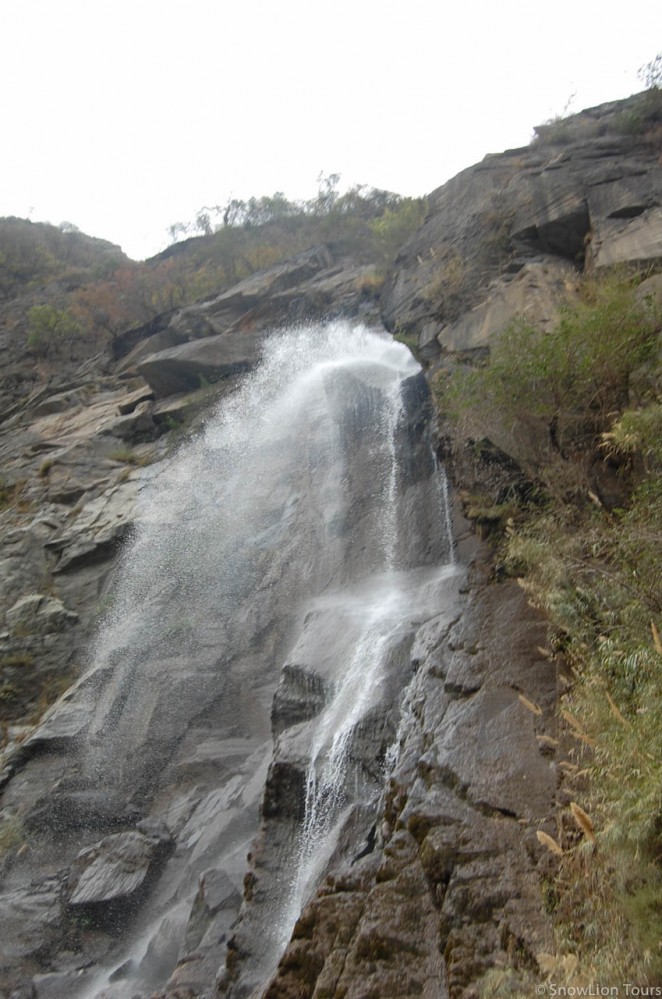Day 1: Arrive in Shangri-la [3300m]
The lost paradise of Shangri-la marks the start of the Tibetan world. North of town is a 300-year-old Tibetan monastery, the Ganden Sumtseling Monastery. Visit the prayer halls and temples at the monastery, and then take a walk through the village and stop for tea.
Day 2: Shangri-la – Deqin [3550m], 200km, 5.5 hours
Leave Shangri-la and drive past the beautiful Napa Lake over a soaring mountain pass and into the town of Deqin. Deqin is the last town before the U-Tsang Tibetan border, perched at an average altitude of 3550m and peppered with views of majestic snow mountains in all directions. Catch a glimpse one of Yunnan’s most magical mountains, Karwa Karpo, which lies to the west of Deqin.
Day 3: Deqin – Markham [3780m], 215km, 8.5 hours
This part of road used to be of economic significance in ancient China, and was known as the “Tea-Horse Road.” Markham is the intersection of Yunnan-Tibet Highway and Sichuan-Tibet Highway.
Day 4: Markham – Dzogong, [3300m] 158km, 5 hours
Markham offers spectacular scenery, with two riotous rivers, the Lancang River and the Jinsha River. The road running up and down through mountains and gorges adds excitement to the journey. Climb over three passes and then watch as the landscape begins to change to sweeping grasslands.
Note: Accommodation in Dzogong is very basic
Day 5: Dzogong – Rawok (Ranwu), [3850m], 250km, 7 hours
The scenery along this route is particularly beautiful. The road heads up the Parlung Tsangpo valley, passing through a gorge and several stunning side valleys before arriving at the blue waters and sandy beaches of Lake Rawok. After days of driving on the dusty roads, you’ll feel so refreshed once arriving at the alpine lake fed by glacial waters.
Day 6: Rawok – Pomi [2750m], 140km, 3 hours
Departing from the lake, take a short drive through the Sundzom Valley. Nearby is the Midui Glacier, which you can explore before stopping for lunch. Afterwards, drive towards Pomi, a beautiful town surrounded by forests and snow mountains.
Day 7: Pomi – Bayi [2990m], 230km, 6 hours
Follow a narrow road along a steep hillside before reaching the main roadway, which leads to Bayi. Along the way, drive over the Serkyum-La Pass and catch views of eastern Tibet’s highest mountain, Mt. Namjagbarwa. Take a good rest once in Bayi.
Day 8: Bayi – Lhasa [3650m], 400km, 8 hours
Drive to Lhasa, and enjoy the great landscape along the way. Climb over the second-highest pass of the trip, Pa-La Pass, at 5025m. Relax in the capital and wander the alleyways of the old Tibetan quarter.
Day 9: Lhasa
In the morning, visit the Potala Palace, the greatest monumental structure in all of Tibet. The Potala is 13 stories high and holds countless treasures in its many rooms. Built in 637 AD, the Potala has been home to the Dalai Lama lineage for more than a thousand years. Also visit the Jokhang Temple, the holiest temple in all of Tibet. From the rooftop you will see pilgrims from all over Tibet prostrating in front to the Jowo Buddha statue inside the monastery. Afterwards, walk through the Barkhor, a famous shopping street filled with goods and souvenirs from Tibet, Nepal, and India. Spend some time drinking sweet tea in a traditional tea house located on a rooftop overlooking the bustling Barkhor.
Day 10: Lhasa
Visit Drepung, one of the three most famous monasteries in Lhasa. Drepung is located just outside Lhasa on Gambo Utse Mountain. Once home to as many as 10,000 monks, the enormous monastic complex is the site of many prayer halls, dormitories, and temples. Just below the monastery is the Nechung temple, the former home of the state oracle. Afterwards, visit Ramoche, a small monastery located in the city center. If time allows, explore the alleys of the Tibetan quarter and visit traditional workshops and handicraft stores.
Day 11: Leave Lhasa
Say goodbye to Tibet!
Itineraries are subject to change without prior notice.




